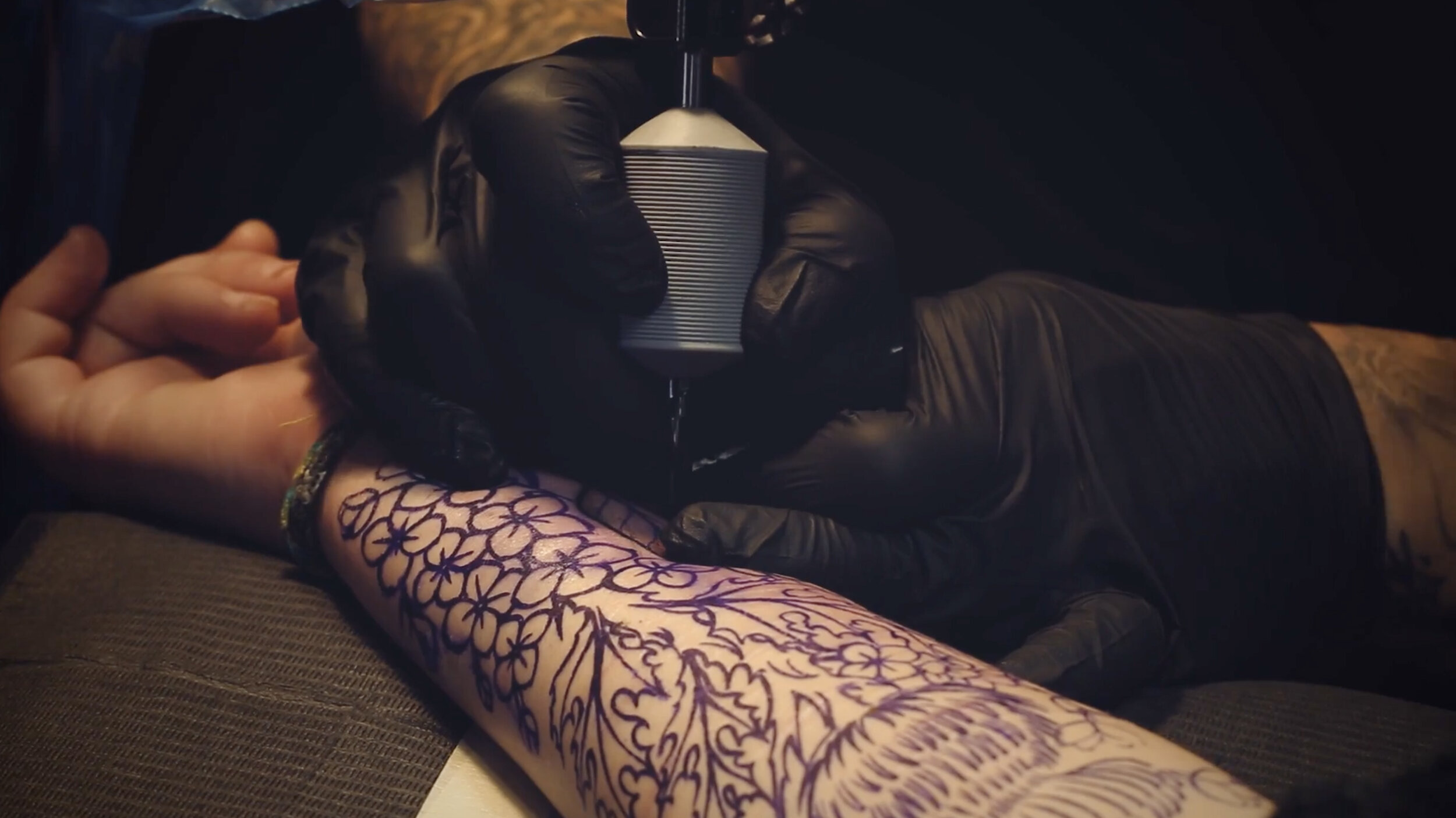Scar Cover-Ups: The More You Know
Scar cover-ups are common requests we receive and our natural instinct is to determine how we can change a trying time into a positive reminder. When working with clients, it’s important we’re honest with what is and isn’t feasible while providing as much information to help guide them with their decision making. There are a number of technical variables we have to take into account for a cover-up to be considered effective and successful. Listed below, are questions to ask when considering a scar cover-up.
Understanding the type of scar. What is it?
The cause of the scar will often determine how it’ll heal. For instance, a scar left from surgery will heal differently in comparison to a scar left by severe trauma from an accident. When tattooing over scars, challenges will vary between artists and concepts but understanding the type of scar will ultimately determine what is and isn’t obtainable.
Keloid scars are described as large, firm, raised tissue which spreads beyond the wound’s edges; therefore will not take well to tattoo pigment. It’s important to note, even if the keloid scar looks stable, a tattoo can irritate and cause it to resume growth.
However, a hypertrophic scar is contained within the perimeter of the wound and will not regrow and when completely healed can be tattooed.
How Old Is The Scar?
When taking on scar cover-ups, it’s important to ensure the scars have fully healed. A helpful indicator is whether the tattoo is discoloured and/or tender. We advise clients to wait up to two years before moving forward with a cover-up as scars can take up to 1-2 years to fully heal.
Desired concepts. Are you open minded?

